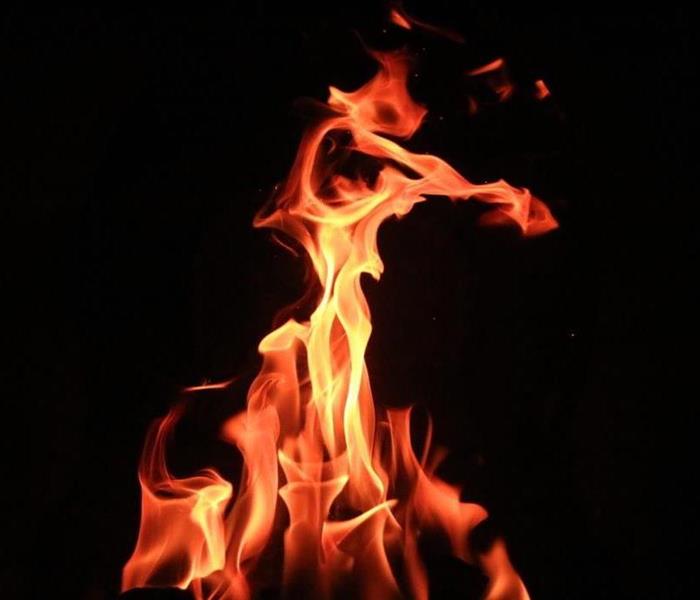How to Classify the Different Types of Fire
6/9/2021 (Permalink)
Fire can occur anywhere and at any time due to minor negligence. It can break out in your house due to misuse of electrical appliances or by smoking near combustible equipment. Similarly, the carelessness of managers and employees can cause fires in industrial and manufacturing units. If you want to save your home or office from such an incident, then you need to understand the different classes of fires.
Classes of Fire
There are five classes of fire based on their source of ignition.
Class A: Ordinary Combustibles
Class A fires are caused by the materials that reach their ignition temperature due to reasons such as a discarded lit cigarette. They keep burning as long as there is a supply of heat, fuel and oxygen. The items that produce these types of fires include textiles, paper, woods, some specific plastics, rubber and other
organic carbon-containing compounds. You can install foam fire or water-based extinguishers to counter this type of fire.
Class B: Flammable Liquids
These fires are caused by liquids such as alcohol, petrol, kerosene, paints and solvents that burn easily at temperatures below 100° C. They ignite immediately if a flame is brought in their close vicinity. Class B fires produce thick black fumes and spread quickly, which makes it difficult to put them out. You can use a foam fire extinguisher to extinguish them.
Class C: Flammable Gases
Flammable gases such as petroleum gases and butane can explode and cause fires by a single spark. According to the lower explosive limit (LEL), a concentration of just 5% of these gases in the air can cause an explosion. Dry power extinguishers are the only ones that can counter them.
Class D: Combustible Metals
Ignition of metal shavings and powdered metals causes these fires. They usually take place in industrial and manufacturing units when alkali metals such as magnesium, potassium, sodium and aluminum come in contact with water and air. You can put out these fires in early stages by special class D extinguishers. Once they have spread out, they are usually left alone because they produce a lot of ash, which cuts off the fire’s oxygen supply.
Class K: Cooking Oils
These fires are caused by cooking oils and usually break out in homes, restaurants and professional kitchens. These fires are quite a challenge to extinguish; therefore, only special extinguishers can put them out.






 24/7 Emergency Service
24/7 Emergency Service
